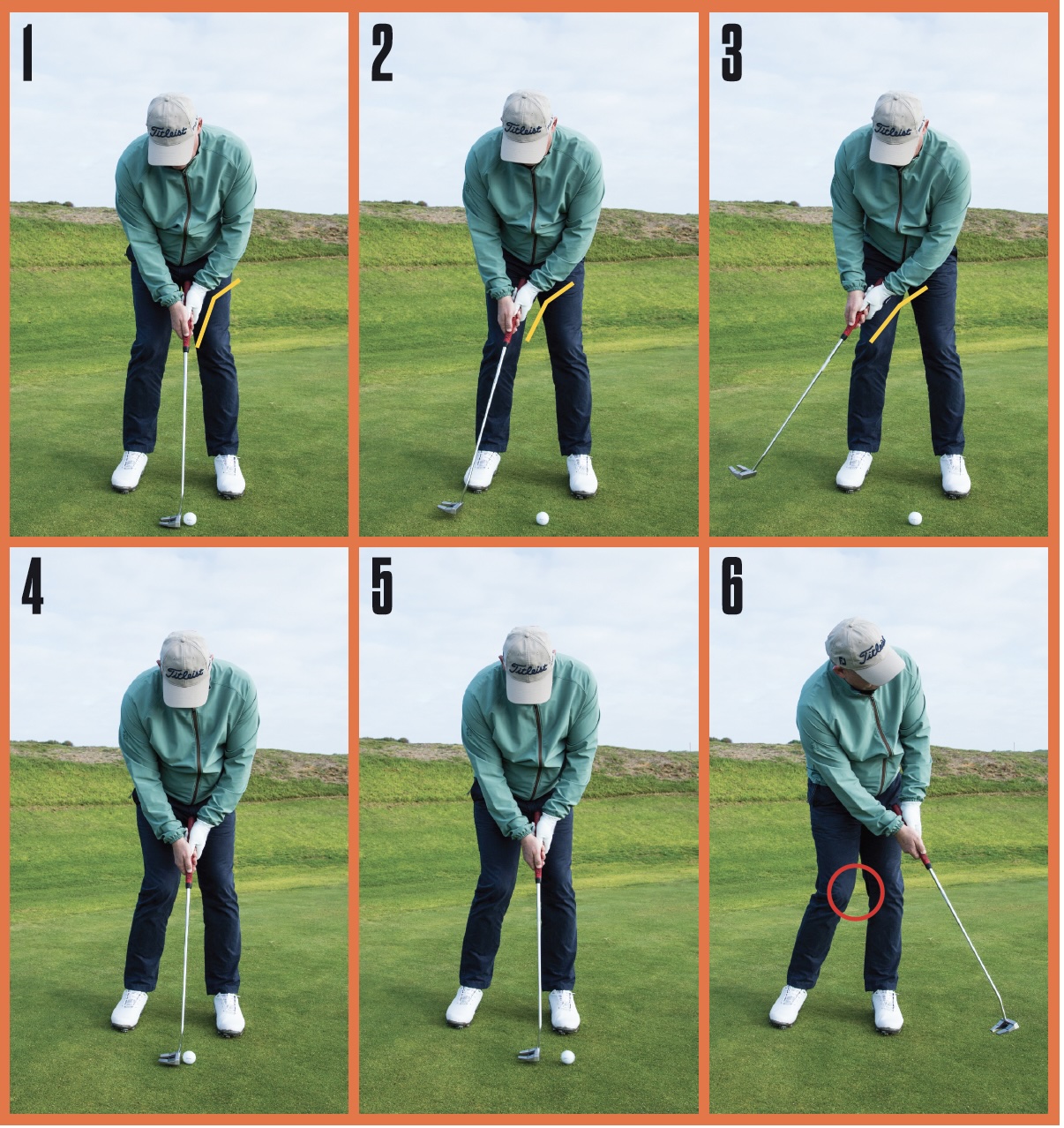PGA professional GRANT HEPBURN looks at Nick Price’s iconic eagle putt on the 17th hole during the 1994 Open Championship final round at Turnberry and asks what we can learn from it.
Standing on the edge of the 17th green during the final round of the 1994 Open at Turnberry, Nick Price was barely clinging to a glimmer of hope of lifting the trophy he craved most in this world. Having been denied by Tom Watson at Troon in 1982 and by Seve Ballesteros at Royal Lytham & St Annes in 1988, Price knew he needed something special to catch Jesper Parnevik over the closing stretch.
The Swede, having built up a two-shot lead, was playing the final hole and looked a certainty to become the first Scandinavian to claim a Major title.
‘We haven’t made a long putt all week,’ Price mentioned to his caddie, Jeff ‘Squeaky’ Medlin. ‘We’ve got to hope Parnevik bogeys 18.’
Both wishes came true as first Price slotted home the outrageous 50-foot eagle putt and then Parnevik obliged by making a bogey on the final hole. All that remained for Price was to make a regulation par on 18 and victory was his.
Very long putts tend to be one of the most difficult parts of the game.
That’s partly because we very rarely practise them, so when we encounter a 50-foot putt on the course, we aren’t quite sure how to marry the pace and line of the putt perfectly.
I find it easier to incorporate some elements of the chipping technique I would use for a chip shot from that distance.
Whereas for a normal putt I would say there should be minimal wrist and leg action in the putting stroke, for such a long putt, you will see how I have incorporated some of these things, as I would do in a chipping action.
I would argue that pace is more important than line when it comes to longer putts. Essentially, you are trying to lag the ball close to the hole so that you can take your two-putt and run. If you happen to hole it, like Price at Turnberry, then that is a massive bonus.
Of course, you should still pay close attention to the line of the putt, looking to use the breaks to get the ball to finish close to the hole.
For this longer putting stroke, I need extra feel and I need to get the ball to travel a long way. You will notice that I use some wrist action, as I make a backswing that is longer than normal. I have allowed my weight to shift to the left and my knees move gently towards the target as I hit the putt.
What is important here is that, even though my backswing is longer, I keep the same rhythm as I would with shorter putts, thereby ensuring that I accelerate the putterhead through impact. This enables me to create enough speed to get the ball to travel a long way.
Lastly, notice how I let my head swivel to follow the ball as I hit because this allows my shoulders to keep turning so that my arms can sweep the ball away across the green.
Nick Price on the putt
Price’s 50-foot putt broke six inches right to left as it came over a ridge and slowed as it got to the hole, diving into the cup at the last moment.
‘About eight feet out, I’m thinking that this has got a really good chance of going in,’ he said. ‘I’m walking, walking and looking at this putt, and it hit a spike mark, knocked it off line, but not enough.
‘I really needed to make it,’ he said. ‘I could not believe it when it went in. Those kind of things do not happen too often. I just about jumped out of my skin. My heart rate went up to about 250, and it didn’t slow down until I made the par putt on 18.
‘I went birdie, eagle, par on the last three holes. To finish a Major that way is very strong. It’s a fairytale ending. In 1982 I had my left hand on this trophy. In 1988 I had my right hand on it. Now at last I’ve finally got both hands on it and does it feel good.’
– This article first appeared in the February 2024 issue of Compleat Golfer magazine.











